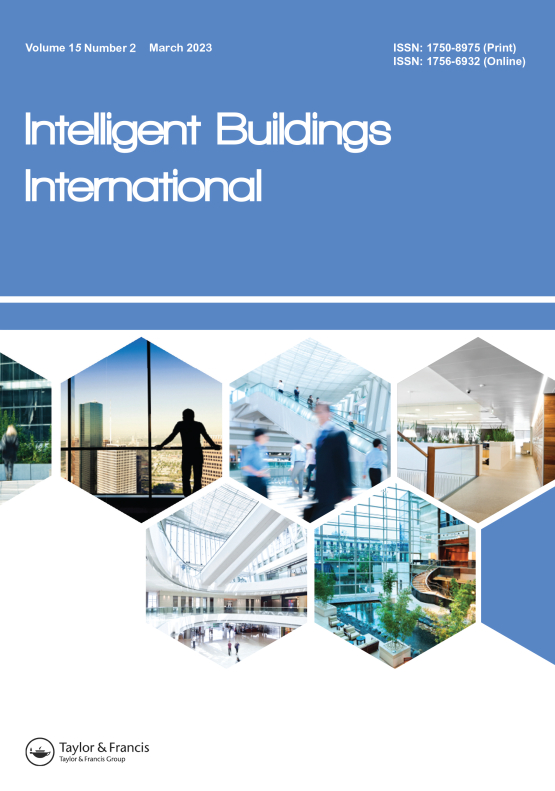Submit a Manuscript to the Journal
Intelligent Buildings International
For a Special Issue on
Neuro-Architecture - Exploring the Intersection of Neuroscience and Design for Healthy Buildings and Urban Neighbourhoods
Abstract deadline
01 June 2024
Manuscript deadline
31 December 2024

Special Issue Editor(s)
Associate Prof. Dr. Amir Ghaffarianhoseini,
Auckland University of Technology, New Zealand
[email protected]
Prof. Dr. Ali Ghaffarianhoseini,,
Auckland University of Technology, New Zealand
[email protected]
Prof. Derek Clements-Croome,
University of Reading
[email protected]
Prof. Dr. Charles Walker,
Auckland University of Technology, New Zealand
[email protected]
Neuro-Architecture - Exploring the Intersection of Neuroscience and Design for Healthy Buildings and Urban Neighbourhoods
Our physical environments, including our homes, offices, walkways, and urban parks, have significant potential to impact our physical and mental health and overall wellbeing. As we continue to design and develop greener, smarter, and healthier buildings and cities, it is crucial to consider the impact of our design decisions on end-users. Exploring the intersection of neuroscience with building and urban design can create spaces and environments that prioritize end-users' health, comfort, and wellbeing. The field of neuro-architecture has the potential to uncover how our perceptions of our surroundings impact our brains and, in turn, our mood, productivity, comfort, and wellbeing. While the field has been around for some time, there is still much to explore in terms of how the design, performance, and conditions of environments impact us. This special issue aims to showcase the latest research in the fields of neuro-architecture and healthy buildings and their implications for the design of future buildings and urban areas.
Potential topics includes:
- The implications, frameworks, indicators, and future of neuro-architecture
- The impact of neuro-architecture on end-users' behaviour, comfort, and well-being
- Healthy buildings and urban neighbourhoods and their key performance indicators
- Sick building syndrome versus physical and mental health
- The role of environmental factors on brain function and end-users' mood and productivity
- Selected case studies showcasing the benefits of neuro-architecture and/or healthy buildings and urban areas
- The use of digital technology, such as virtual reality, AI, and beyond, in designing and/or assessing neuro-architecture and healthy built environments
- Best practices for utilizing neuroscience in building/urban design
- The impact of homes, offices, educational buildings such as schools, hospitals, etc., on end-users' well-being
- The intersection of neuroscience and sustainable and intelligent building design
Looking to Publish your Research?
Find out how to publish your research open access with Taylor & Francis Group.
Choose open access